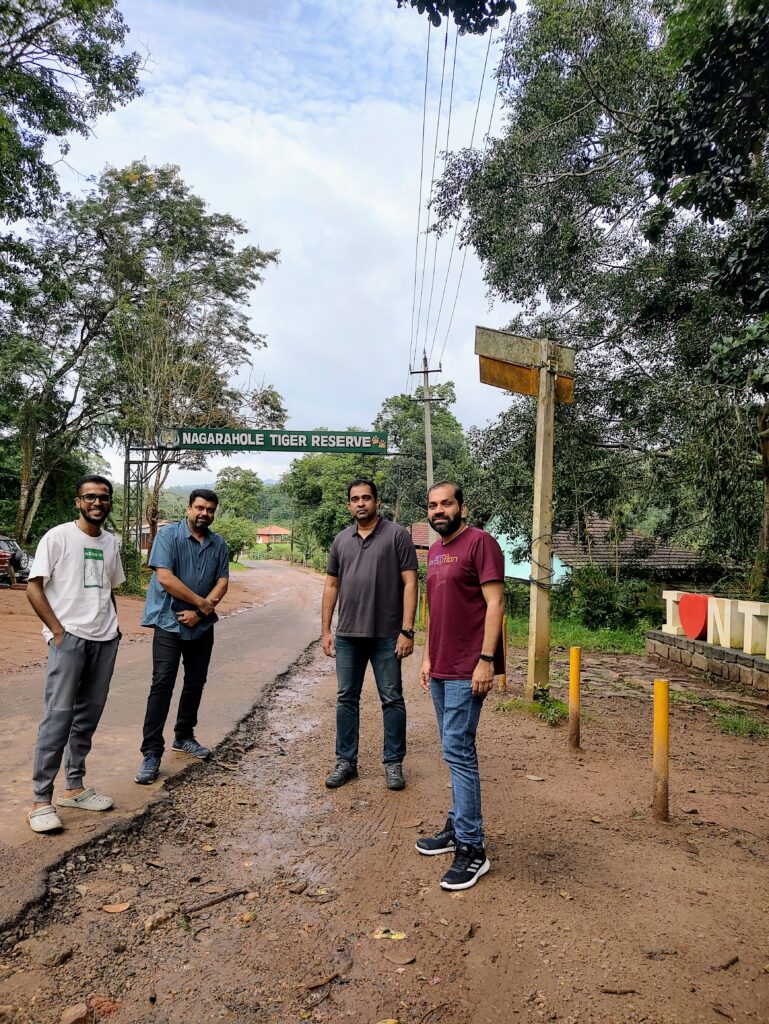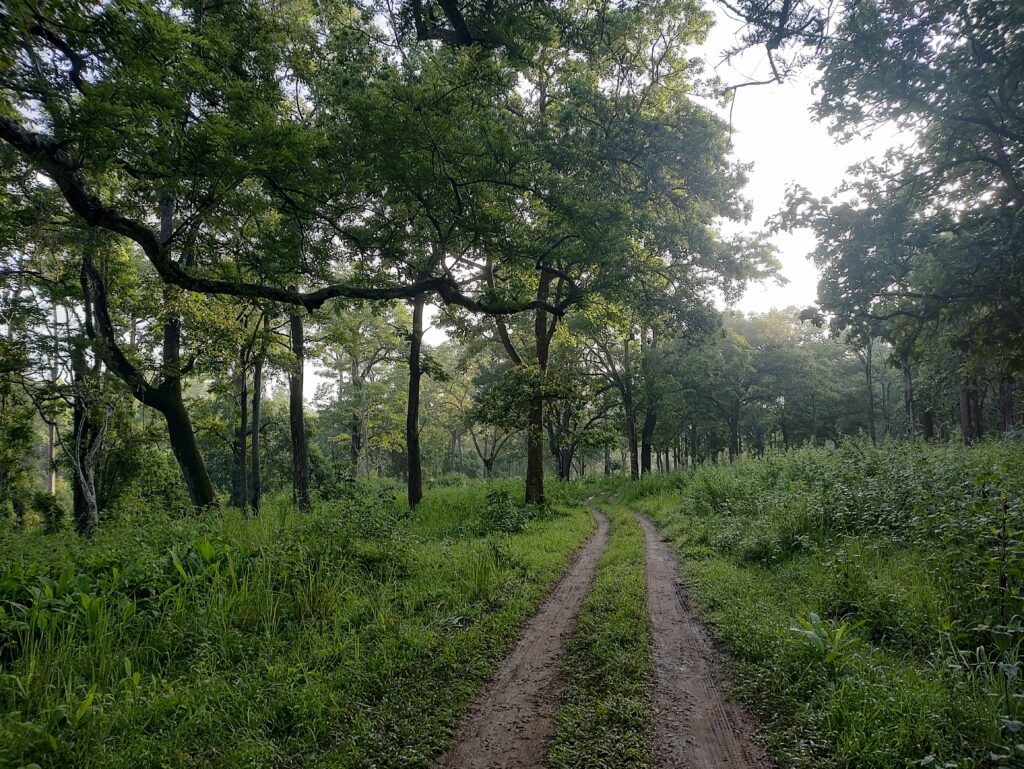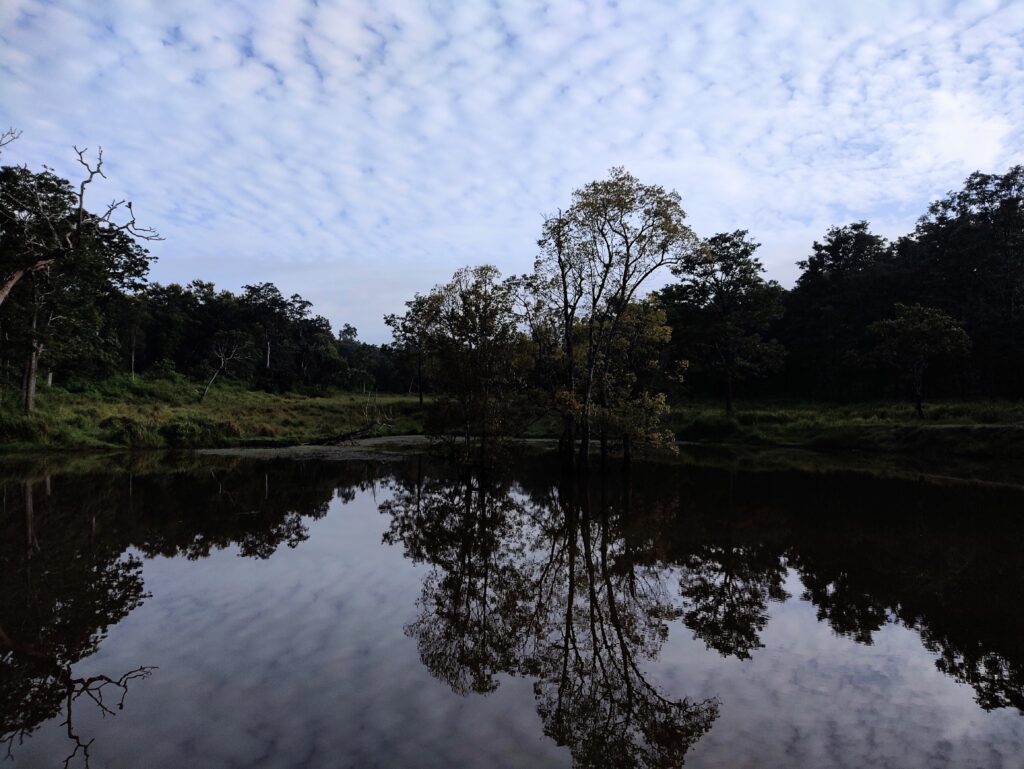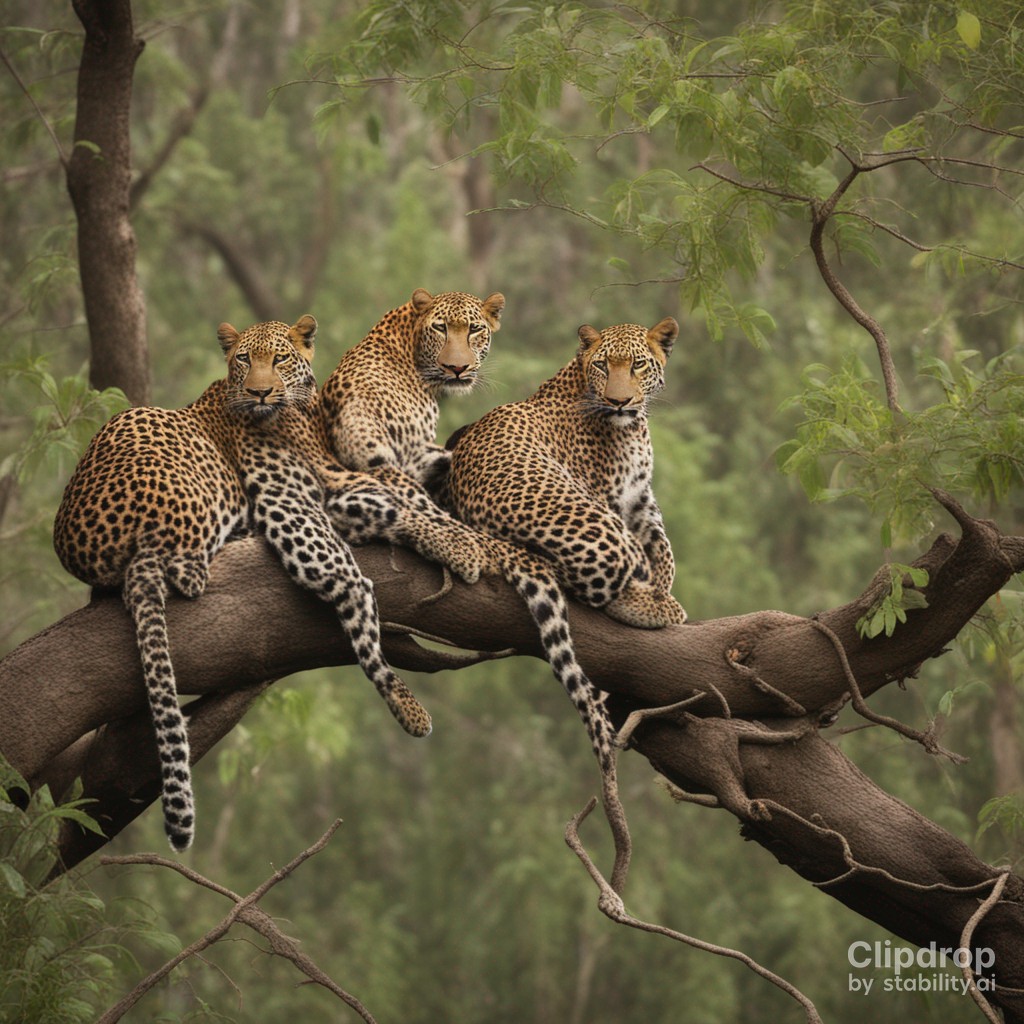My last visit to my hometown in Kerala had been a year ago. I decided to set off on a small vacation this time that would be unlike any other, one that would take me to the picturesque Nagarahole Tiger Reserve in Karnataka. I could feel the excitement building as I started my journey of discovery. The trip started from Udaipur with a flight that took me to the busy metropolis of Bangalore. Despite being familiar, the route had its share of difficulties. The cabbie’s insistence on a two-way fee was indicative of the ecosystems’ monopolistic behaviour.

I was going to Nagarahole with my three in-town cousins. Since the distance between Bangalore and Nagarahole decreased, my thoughts began to stray through the complex web of regulations that regulate tourism destinations. Who is involved in this experience? What are this place’s strengths and weaknesses? What obstacles pose a threat to its survival? These questions sparked further inquiries, which led me to pursue an exploratory path. There was more to what happened during those days than merely a trip through the reserve.

It was a chance to immerse in the natural world and get a peek into environmental brilliance that surrounds this extraordinary place. I was able to gain perspective from conversations with indigenous communities. A local interpreter facilitated it. Discussions with resort owners and forest officials provided insights into the intricate web that supports this ecosystem. In light of this context, curiosity piqued.
As a result, it forced me to look into secondary data about the forest online in an effort to gain a better understanding. Information was revealed to me in layers, each piece more fascinating than the last. When I think back on my journey, I recall the complex interactions between people and nature, systems and individuals.



Getting to Nagarahole was more than just a journey. It was about taking a deeper look into the forces that influence our experiences. Each aspect had a lesson to teach, from the complexity of transportation systems to the tenacity of tribal health programs. Maybe in the end, it wasn’t simply the magnificence of Nagarahole’s fauna that made an impression, but also the ways in which visible and invisible systems interacted. In order to create an understanding that extends well beyond those days spent in the tiger reserve, I must continue to untangle the threads of my experiences and reflections.

India’s tiger reserves stand out as compelling landscapes of preservation and cohabitation in a world where nature and mankind coexists. These reserves provide a window into a world of intricate relationships between animals, people and plants.
1. Beyond Stripes: Conserving and preserving biodiversity tiger sanctuaries are enticing for reasons other than only the gorgeous tigers. Consider the Bandipur Tiger Reserve, where vibrant flora and fauna produce a healthy ecosystem. Along with tigers, the towering trees are home to an astounding variety of other animals, including ponderous elephants and stealthy Indian vultures. These areas aren’t only tiger habitats; they also protect a variety of species vital to preserving the fragile ecological balance.
2. Ecosystem Dynamics: reveals a riveting tale of predator-prey relationships deep within the Sundarbans Reserve. The Bengal tigers take center role in this scene as both predators and guardians. By keeping the deer population under control, they avoid overgrazing and preserve the balance of the forest ecology. This complex interaction between predator and prey is evidence of the reserves’ dynamic nature, where each participant has an important role to play in the overall scheme of things.
3. Conflict between Humans and Wildlife: The Kanha Tiger Reserve serves as a theater for occasional collision of human and animal tales. Herbivores like deer that wander into the neighbouring fields draw cunning predators like tigers. As villagers work to safeguard their crops and tigers look for their natural prey, this starts a cycle of violence. Buffer zones are created as a solution to this problem. They act as links between the realms of people and animals, helping to maintain a precarious balance.
4. Whispers of Wisdom: Role of indigenous communities nestled within the Nagarhole Tiger Reserve, the Soliga tribe shares its ancient wisdom. These communities possess an intimate understanding of the forest’s rhythms. Their sustainable harvesting practices become a lesson in coexistence, emphasizing the importance of respecting nature’s balance. The Soliga tribe reminds us that effective conservation requires a blend of science and indigenous knowledge.
5. Sustainable tourism within tiger reserves: Tourism is a two-edged sword. Responsible ecotourism is a tool to raise money and awareness in the Pench Tiger Reserve. However, it needs to be handled carefully to prevent upsetting the fragile web of life. For these reserves to continue to thrive, a balance must strike between sharing their beauty and protecting their sacredness.
6. Guardians of the Shadows: Poaching Prevention Techniques In the Corbett Tiger Reserve, vigilant guards and technology work together to combat poaching. The forest’s shadows become alert eyes thanks to smart technology. This advancement strengthens patrolling operations, making it harder for poachers to take advantage of the wealth of the areas. The tigers’ domain is strengthened, enabling them to survive unmolested.
7. Pathways of Freedom, Corridors and Connectivity: The importance of wildlife corridors is revealed by the Periyar Tiger Reserve. These undiscovered routes cross borders set up by humans, allowing for unfettered movement and interbreeding between species. For these magnificent creatures to survive over the long run, corridors ensure genetic variety.
8. Collaborative Conservation: The sounds of cooperation can be heard echoing through the trees in the Valmiki Tiger Reserve. Local communities, NGOs, and the forest service collaborate on a symphony of conservation initiatives. Their collaborative approach generates creative ideas and sustainable methods that spread outside the reserve, illuminating the strength of cooperation in preserving these priceless ecosystems.
As my reflection about India’s tiger reserves has led me to explore/read more about the mysterious and breathtaking habitats, I realise that these reserves are not just places; they are a tapestry of life, history, and difficulties that call us to investigate them more. Weaving an unbreakable connection between us and the nature, with each new viewpoint we discover, we reveal not only the solutions to existing problems, but also the threads of new ones. The trip does not end here. Rather, it serves as an invitation to continue learning, exploring, and promoting coexistence and conservation.




One other aspect that is less discussed when it comes to conservation of forests is ever expanding human habitats(cities, towns and villages). I feel city planners need to figure out methods to recycle available land, instead of expanding outwards!